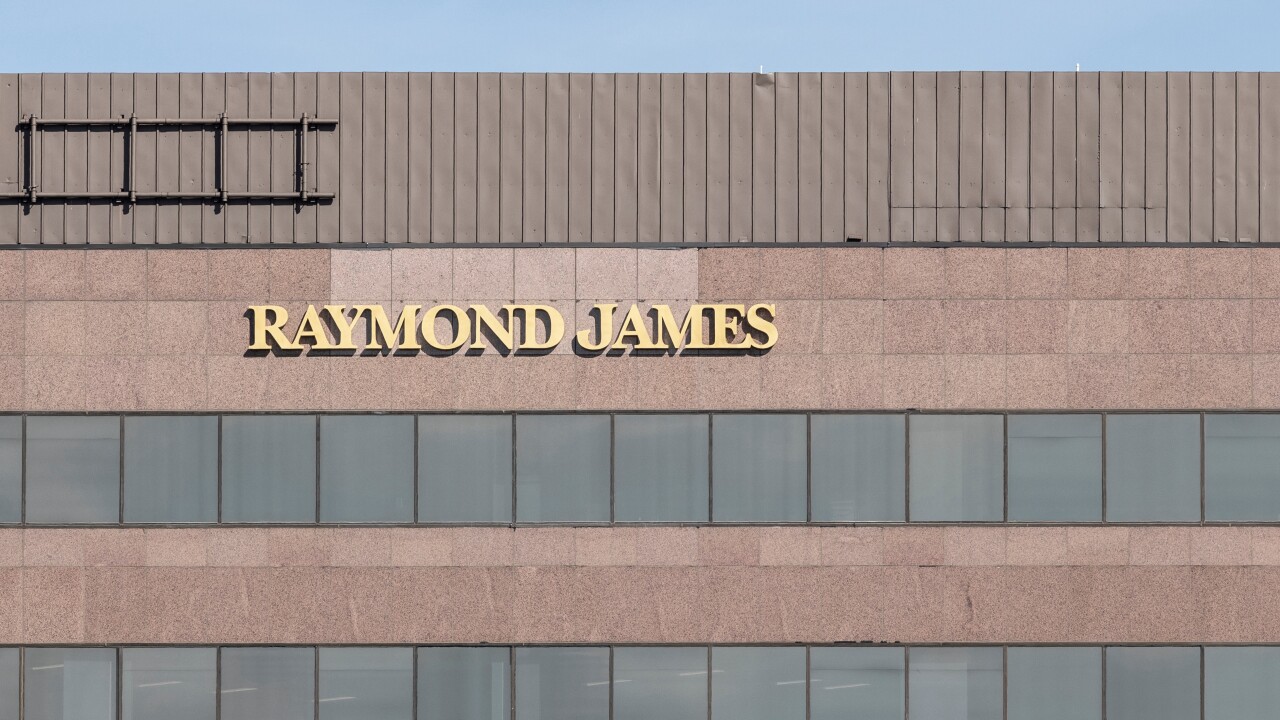Independence is hard. To understand why, take the case of Banyan Partners. One year ago, the cover of our annual RIA Leaders report featured Peter Raimondi, Banyan CEO and a prime example of the benefits of scale.
He bought a firm in 2009 with $220 million in AUM; by late 2013, with a combination of acquisitions and organic growth, he had brought that up to more than $3 billion.
As it turns out, we werent the only ones taking note. By July he had sold the firm to Boston Private Bank & Trust for $60 million a reported valuation of nine times EBITDA.
That Banyan deal drove home an ironic point: For financial advisor firms, true independence is almost too valuable. For advisors who build thriving fee-only businesses, with assets topping $1 billion or more, the offers come rolling in and at some point, they may simply become too sweet to refuse.
Thats what sets apart the firms that make our rankings. Over the years, Financial Planning has been striving to make this annual list ever more rigorous, weeding out advisory firms that take commission, have registered reps, are owned by big stakeholders.
This years RIA Leaders ranking calls out the most successful players who have been able to say no to the big offers at least so far. But the larger these firms get, the greater their challenge. While we read this as a series of success stories, the industrys deep-pocketed players may be reading it as a shopping list.
Theres a lot more to life than money, one of this years standouts tells us.
We believe him indeed, we put him on this years cover. But journalists are, by nature, cynics. And a more skeptical response might be: Well see.
Read more:





